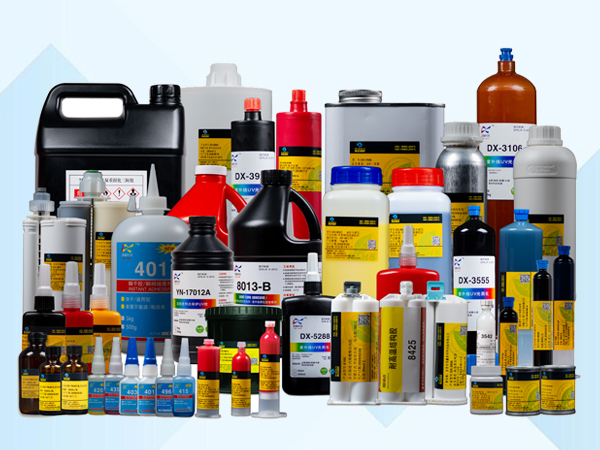With the development of portable electronic products such as mobile phones and computers trending towards thinness, miniaturization and high performance, IC packaging is also developing towards miniaturization and high aggregation. BGA(Ball Grid Array) packaging, CSP(chip Level Packaging), Flip chip(flip-chip) packaging, and QFP(Square and Flat Packaging) have been rapidly applied. The requirements for packaging processes are getting higher and higher, and the role of underfill adhesive is becoming more and more prominent. In the production of circuit board assembly, there are requirements for underfill adhesives such as rapid flow, rapid curing, full filling, compatibility and reworkability.
01. BGA and CSP are fixed on the circuit board through tin balls, and there are stress concentration phenomena such as thermal stress and mechanical stress. If they are subjected to external forces such as impact and bending, the soldering parts are prone to fracture. Furthermore, if too much solder is applied, causing it to crawl onto the component body, it may result in the pins being unable to withstand the effects of thermal and mechanical stresses. Therefore, the chips have relatively poor resistance to mechanical and thermal shock, resulting in problems such as fragile products and substandard quality.
Solution:
Due to the outstanding performance of chips using underfill adhesive in drop tests and high and low temperature tests, underfill adhesive is required for bottom reinforcement in the assembly of BGA and CSP chips with small ball diameters and fine-pitch solder joints. The application of underfill adhesive can disperse and reduce the stress on the solder balls, resist deformation and bending, and withstand high and low temperatures ranging from -50 to 125℃. It can also reduce the difference in CTE(coefficient of thermal expansion) between the chip and the substrate, effectively lowering the impact caused by the overall temperature expansion characteristics mismatch between the silicon chip and the substrate or external forces. After being heated and cured, the underfill adhesive can enhance the mechanical structural strength of the chips after connection.
02. During the process of using the underfill adhesive, customers may encounter problems such as the adhesive not penetrating properly and the curing time being too long. Due to reasons such as the fluidity of the glue and substrate contamination, the glue may not be fully filled, which can affect the drop test and easily lead to cracking problems.
Solution:
Underfill adhesive is a one-component, modified epoxy resin adhesive used in the underfill processes of BGA, CSP and Flip chip. It has good fluidity and can be fully cured in as fast as 3 minutes. Under capillary action, it underfills the chips in the BGA packaging mode by means of heating curing. Fill the large area of the bottom gap of BGA (with a filling fullness of over 95%), forming a consistent and defect-free bottom fill layer, which is suitable for high-speed glue spraying and fully automated batch production, helping customers improve production efficiency and significantly reduce costs.




